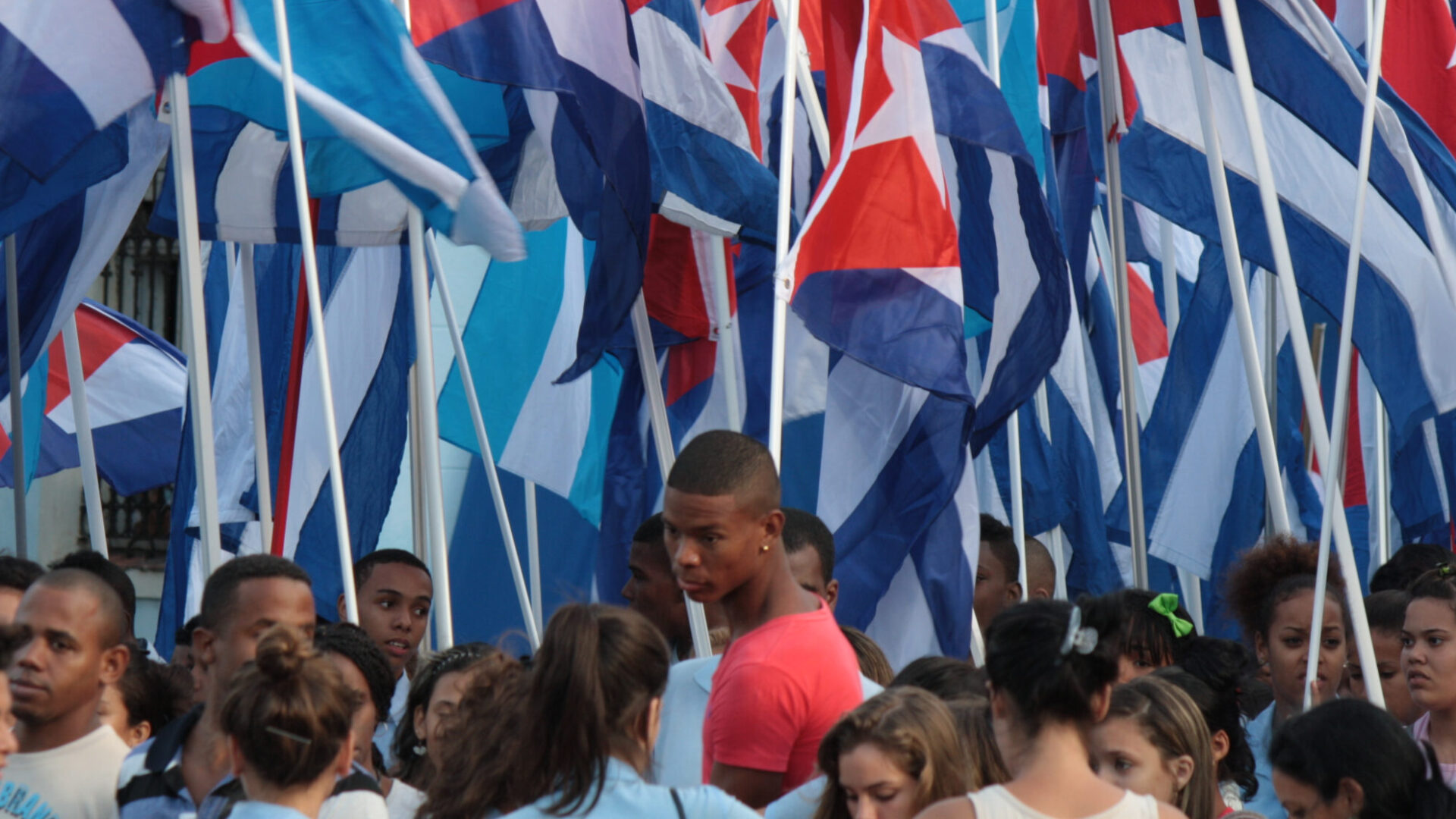mchec.org – Cuba, an island nation in the Caribbean, has a political landscape that is as complex as it is intriguing. Since the triumph of the Cuban Revolution in 1959, the country has been governed under a socialist ideology, with the Communist Party of Cuba (PCC) as the only legal political party. This article explores the evolution of Cuba’s political system, the role of ideology in governance, and the dynamics of power within the country.
The Pre-Revolutionary Era
Prior to the revolution, Cuba was characterized by political instability, corruption, and economic disparities. The dictatorship of Fulgencio Batista, which came to power through a military coup in 1952, was marked by repression and human rights abuses. This period set the stage for the revolutionary movement led by Fidel Castro and his 26th of July Movement.
The Triumph of the Cuban Revolution
The Cuban Revolution, which culminated in the overthrow of Batista on January 1, 1959, was a pivotal moment in the country’s history. The revolution was driven by a desire for social justice, economic reform, and political sovereignty. In the years that followed, Cuba embarked on a radical transformation, nationalizing industries, redistributing land, and implementing a socialist system.
The Establishment of the Communist Party
The Communist Party of Cuba was established in 1965, with Fidel Castro as its First Secretary. The PCC became the central institution of the state, controlling all aspects of governance and society. The party’s ideology, rooted in Marxist-Leninist principles, shaped Cuba’s political, economic, and social policies.
The Role of Ideology in Governance
Ideology has played a crucial role in Cuba’s governance. The socialist ideology has guided the country’s policies on education, healthcare, housing, and employment, ensuring that these services are accessible to all citizens. The government’s commitment to social equality and justice is a reflection of its ideological foundation.
The Dynamics of Power
The Cuban political system is characterized by a centralized structure, with power concentrated in the hands of the Communist Party and its leadership. The National Assembly of People’s Power is the highest organ of state power, but its role is largely ceremonial. Real power lies with the Politburo and the Central Committee of the PCC, which are dominated by long-standing party members.
The Succession and Continuity of Power
The transition from Fidel Castro to his brother Raúl in 2008, and later to Miguel Díaz-Canel in 2018, demonstrated the regime’s ability to manage succession while maintaining political continuity. Despite these changes, the underlying structure of power and the guiding ideology have remained largely unchanged.
Challenges and Criticisms
Cuba’s political system has faced both internal and external challenges. Critics argue that the lack of political pluralism and freedom of expression limits democratic participation. The government’s response to dissent and the control of civil society have been points of contention. Additionally, the country’s economic struggles and dependence on foreign aid have raised questions about the sustainability of its political model.
Conclusion
Cuba’s political landscape is a study in the interplay between power and ideology. The Communist Party’s dominance and the socialist ideology have shaped the country’s governance and society. While the system has achieved notable successes in areas such as education and healthcare, it has also faced criticism for its lack of political freedoms and economic challenges. As Cuba continues to navigate the complexities of the modern world, its political landscape will undoubtedly evolve, reflecting the changing dynamics of power and ideology within the nation.

